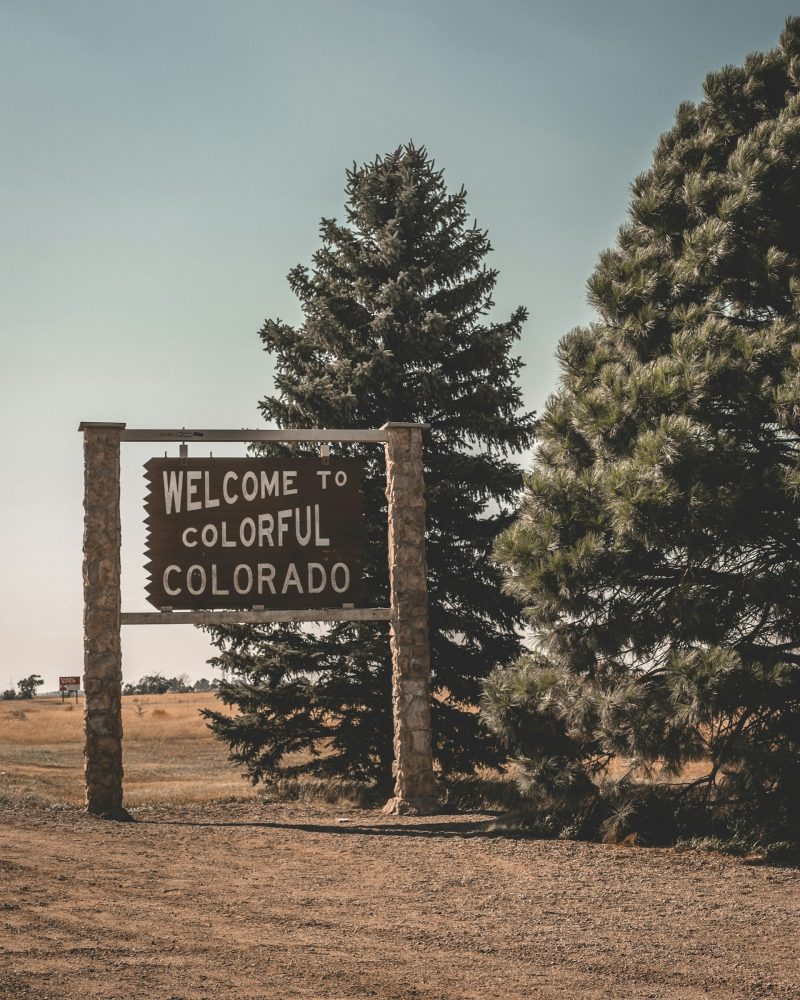Entrepreneur Spencer Schar recently relocated to Colorado and takes a keen interest in local history and culture. This article will look at Colorado’s earliest settlers and the ancient peoples who shaped the region’s history.
Like many other American states, Colorado has had its fair share of friction between natives and newcomers, locals and outsiders. When a people or tribe remains in a particular place for a long time, they feel entitled to call it their own. In Colorado, locals are the ones who have been there forever, often comprising farmers, ranchers, and those living near ski areas who inhabited the region long before winter sports became popular.
In reality, however, the inhabitation of Colorado predates the arrival of European settlers by tens of thousands of years. In the same way that the state’s landscapes are a rich tapestry of high desert plateaus, canyons, grassland plains, and forested mountains, Colorado’s native populations have characterized the same diversity in their lifestyles and cultures throughout history, leaving an indelible imprint on the state.
Colorado’s Native American history stretches back more than 12,000 years, with archaeological evidence suggesting that the first people to arrive in present-day Colorado were big game hunters or Paleoindians arriving from the north. Anthropologists divide these people into two subcategories, the Clovis and later Folsom cultures, with the tribes named after the towns where their artifacts were discovered.
Distinguished by their different types of spear points, the emergence of the Clovis and Folsom cultures marked the beginning of big-game hunting in Colorado, starting a tradition that lasted thousands of years. The Clovis people are often referred to as “mammoth hunters,” while the later Folsom culture are called “bison hunters.”
Ice Age Colorado was a very different environment to what it is today. In those days, the region home to bison, mammoths, mastodon, camels, horses, and even giant ground sloths. With a cooler and wetter climate than modern-day Colorado, this terrain boasted ample food and water sources to support all this wildlife, attracting big-game hunting Paleoindians from far and wide.
Several important Paleoindian sites have been discovered in Colorado; most are animal kill sites but some are tool caches. Recent discoveries throughout the state have helped archaeologists to gain a clearer idea of the Paleoindian lifestyle. On the South Platte River near Greeley, the Dent Site is Colorado’s only Clovis mammoth kill site and has been radiocarbon dated to around 12,800 years ago, featuring mammoth bones as well as several spear points. Three Clovis tool caches have also been discovered in Colorado. These caches are believed to have been left as offerings or possibly insurance against a future lack of resources. The stone these tools were crafted from is believed to have been sourced from as far away as Utah and Texas, suggesting that some Paleoindians may have covered vast distances.
As the last of the megafauna disappeared due to a combination of overhunting and warming climate, smaller animals like birds, rabbits, ground squirrels, and deer became the main prey of the next people to inhabit Colorado, who are known as the Archaic Culture. The presence of seed baskets and grinding tools indicate that wild plants were an integral component of their diet. Although dozens of Archaic Cultural sites have been discovered in Colorado, none include permanent settlements; they range from seasonal dwellings and temporary campsites to kill sites, plant processing sites, and stone quarries dating back to between 8,000 and 2,000 years ago.
Around 2,000 years ago, the Ancestral Puebloans started leaving their mark in Colorado, particularly in the southwest. Meanwhile, in northwest Colorado, the Fremont people settled. Like the Ancestral Puebloans, the Fremont people were adept agriculturalists, although they also enjoyed wild foods in their diet.










